Imagine for a moment a world where gigantic creatures roamed the Earth, their vibrant colors and intricate patterns concealed beneath a veil of time. It might surprise you to learn that dinosaurs, often depicted as drab and scaly, were possibly adorned with feathers of dazzling hues. This revelation not only reshapes our understanding of these ancient beings but also offers insights into how they might have blended into their environments. Let’s embark on a journey to uncover the secrets of dinosaur feathers and their role in prehistoric color and camouflage.
The Feathered Dinosaur Discovery
The notion of feathered dinosaurs isn’t just a figment of imagination; it’s grounded in paleontological discoveries. Around the late 1990s, fossils unearthed in China showcased imprints of feathers attached to dinosaur bones. These findings were nothing short of a scientific revelation, challenging the long-held belief that feathers were exclusive to birds. The discovery of species like the Sinosauropteryx, with its primitive feathers, opened a new chapter in understanding dinosaur evolution. These feathers, initially thought to be a rarity, have since been identified in numerous other species, hinting at a more widespread presence across the dinosaur kingdom.
Evolutionary Insights from Feathers
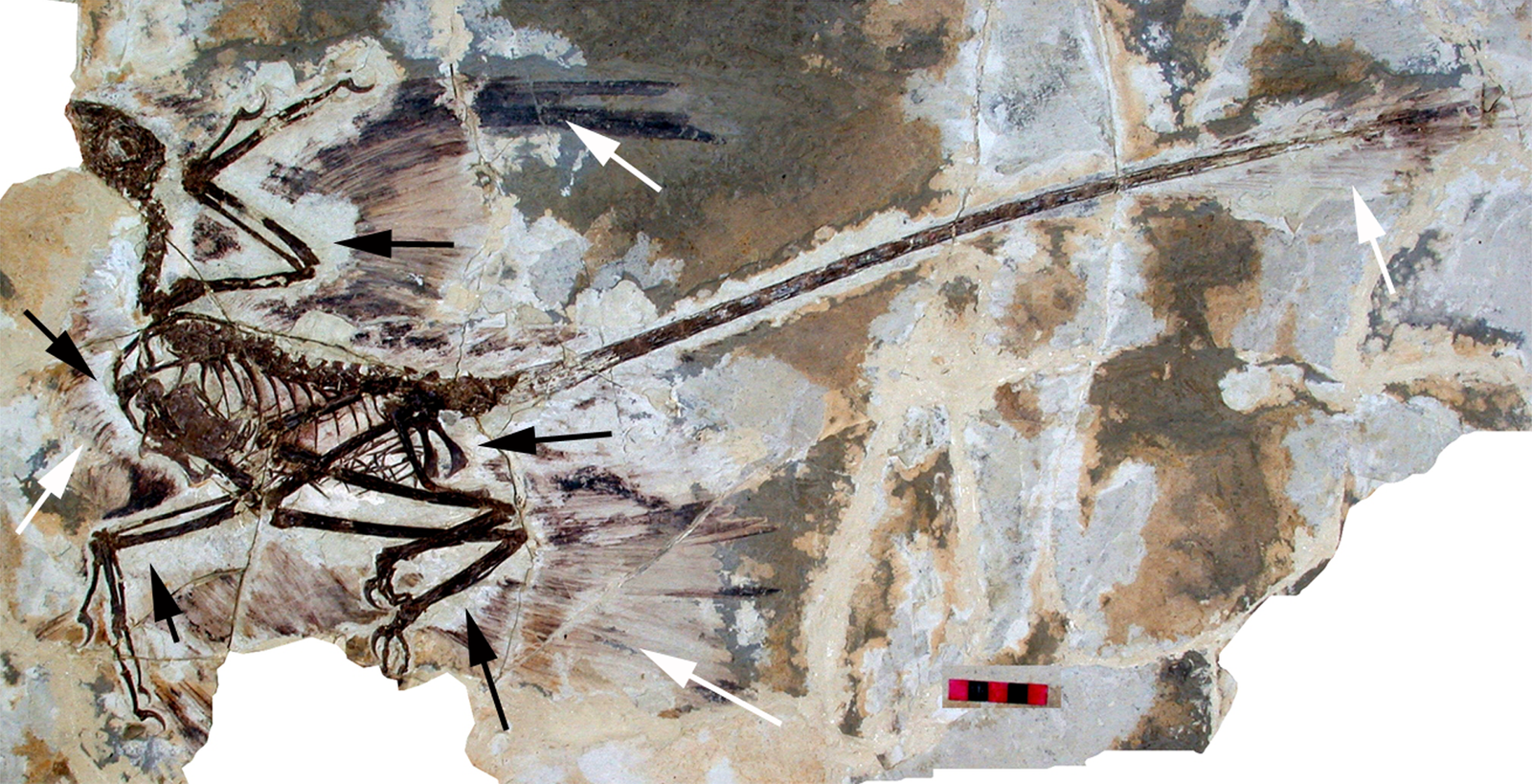
Feathers on dinosaurs provide a fascinating glimpse into evolutionary biology. Initially, paleontologists speculated that feathers evolved primarily for flight. However, the presence of feathers in non-avian dinosaurs suggests alternative evolutionary purposes. For instance, feathers could have served as a means of thermal insulation, helping these creatures regulate their body temperature. Additionally, feathers might have played a role in social interactions, such as mating displays or territorial disputes. The multifaceted purposes of feathers highlight the complexity and adaptability of these ancient creatures, offering a window into the evolutionary pressures they faced.
The Science of Color in Dinosaur Feathers
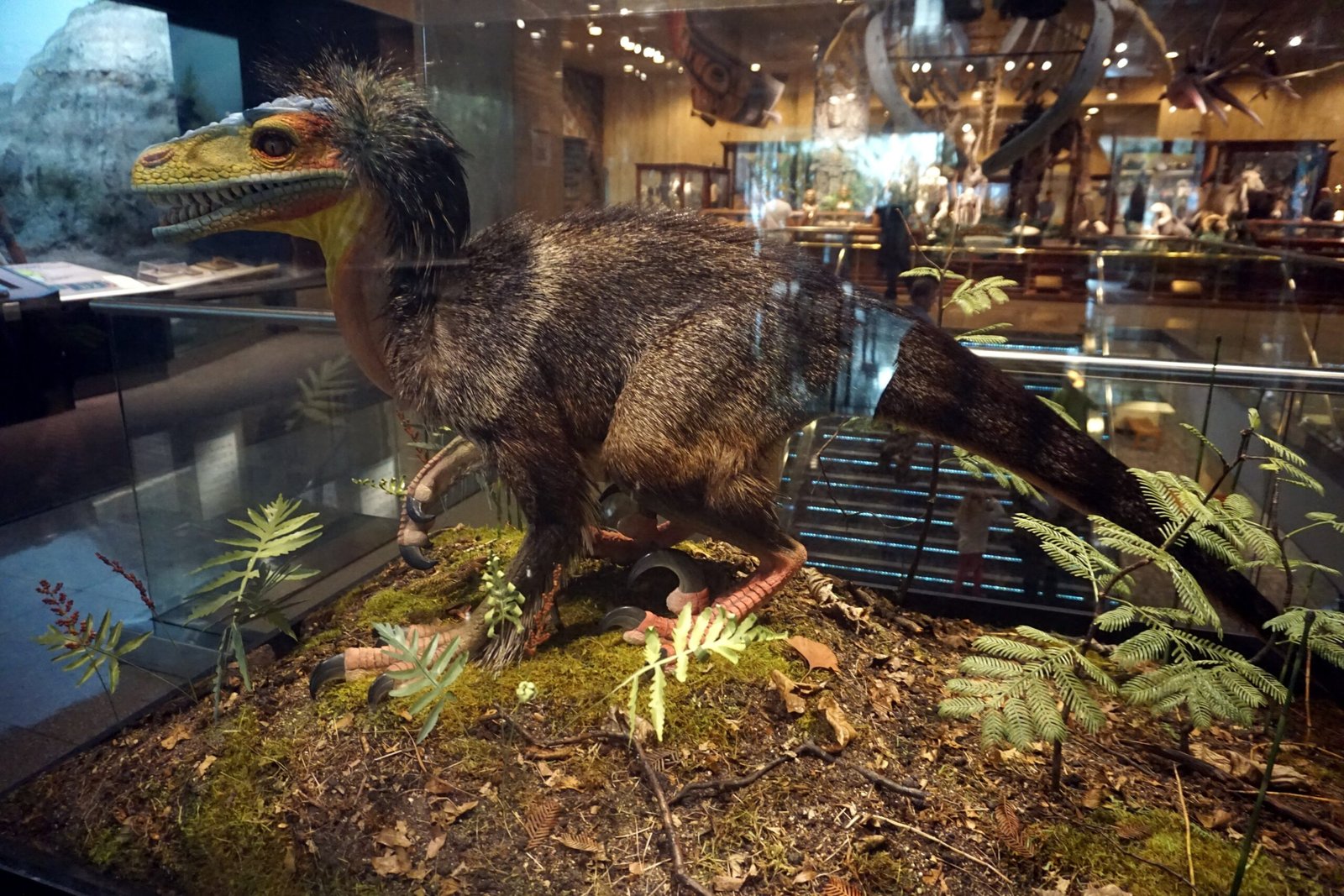
Unraveling the colors of dinosaur feathers involves a blend of cutting-edge technology and scientific curiosity. By examining fossilized melanosomes—tiny pigment-containing organelles—in dinosaur feathers, scientists have begun to reconstruct the potential colors of these prehistoric creatures. This process is akin to solving a complex puzzle, where each piece provides a glimpse into the vibrant palette of the past. For instance, the Anchiornis, a small feathered dinosaur, is believed to have sported a striking combination of black, white, and red hues. These colors not only add visual intrigue but also suggest potential functions related to communication and camouflage.
Camouflage and Survival Strategies
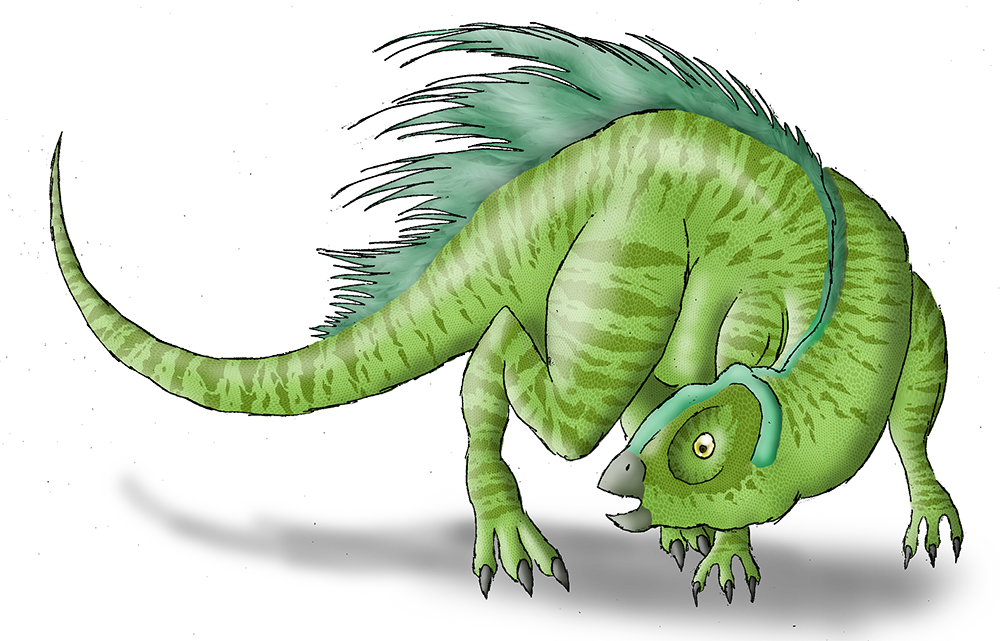
Camouflage is a survival strategy that has evolved across the animal kingdom, and dinosaurs were no exception. The varied colors and patterns of dinosaur feathers likely played a crucial role in their ability to blend into their environments. For example, countershading—a pattern where the animal is darker on top and lighter underneath—could have helped dinosaurs avoid detection by predators. This form of natural camouflage is still observed in modern animals, such as deer and sharks, highlighting its enduring effectiveness. By mimicking their surroundings, feathered dinosaurs could have gained a significant advantage in the prehistoric landscape.
Communication Through Color
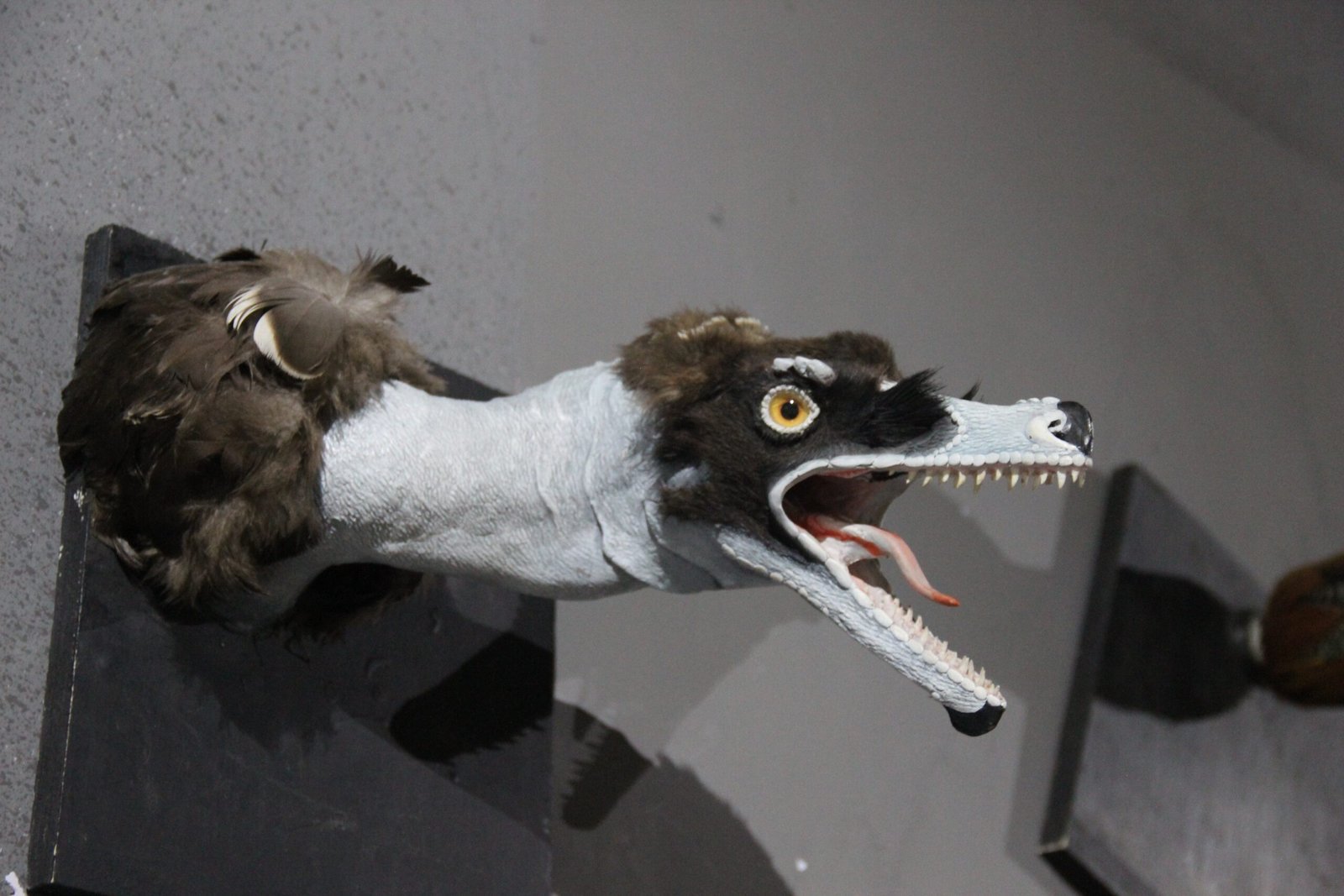
Beyond camouflage, the vibrant colors of dinosaur feathers might have served as a means of communication. Much like the peacock’s tail or the cardinal’s bright plumage, these colors could have been used to attract mates or signal dominance. In species where visual displays played a critical role in social interactions, feathers would have been an essential tool for communication. This idea is supported by the discovery of elaborate feather patterns in dinosaurs like the Microraptor, which may have used its iridescent feathers to entice potential mates or intimidate rivals.
The Role of Feathers in Thermoregulation
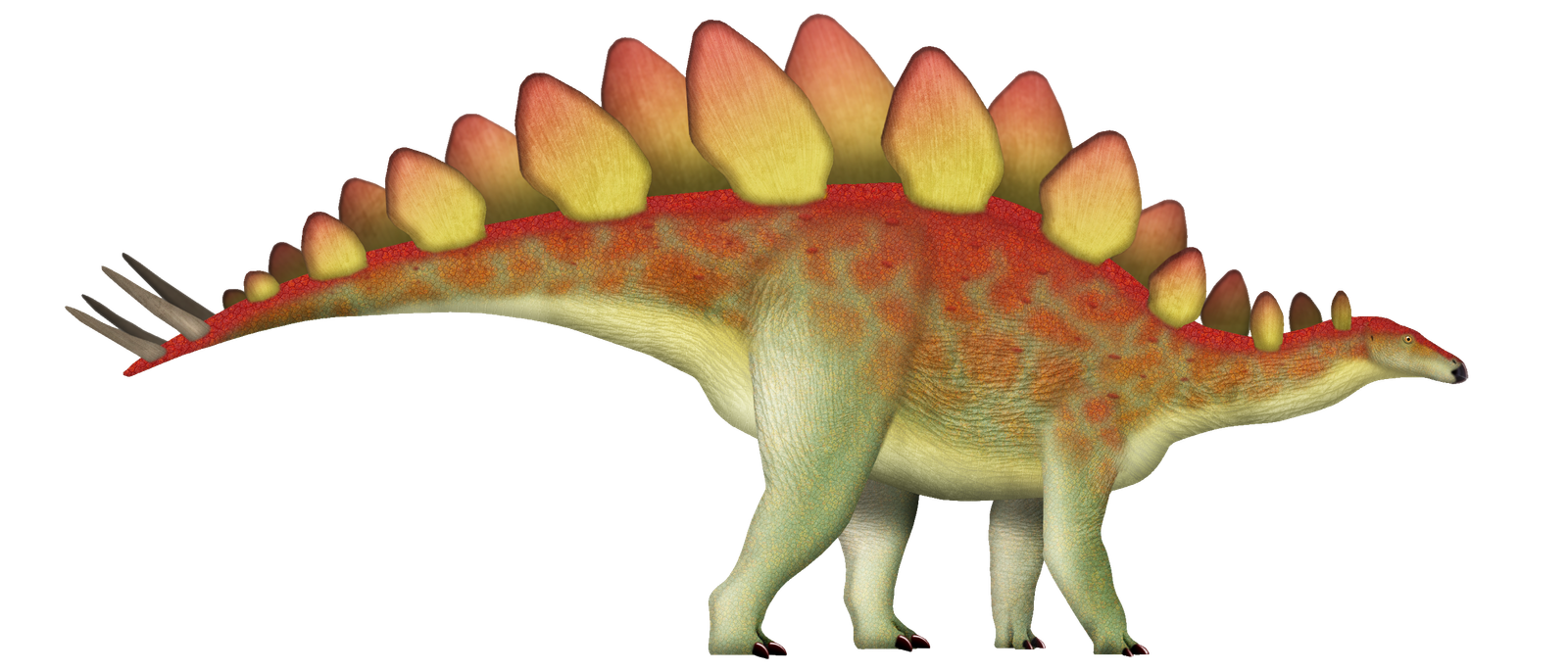
Feathers likely played a significant role in helping dinosaurs maintain their body temperatures. Much like a modern-day bird fluffing its feathers to keep warm, dinosaurs with feathers could have used them for insulation. This would have been especially advantageous during colder periods or in regions with fluctuating climates. The insulating properties of feathers might have contributed to the success and survival of feathered dinosaurs, allowing them to thrive in diverse environments. This thermoregulatory function underscores the multifaceted utility of feathers in the lives of these ancient creatures.
Feathers and the Flight Connection

One of the most intriguing aspects of feathered dinosaurs is their connection to the evolution of flight. While not all feathered dinosaurs could fly, their existence provides clues about how flight may have developed. Species like the Archaeopteryx, often considered a transitional form between dinosaurs and birds, exhibit features that suggest early adaptations for flight. These adaptations include asymmetrical feathers and lightweight bones, which would have facilitated gliding or short bursts of flight. The study of these feathered dinosaurs helps bridge the gap in understanding how flight evolved from terrestrial locomotion.
Feathers as a Window into Dinosaur Behavior
The presence of feathers offers insights into the behavior of dinosaurs, shedding light on their daily lives and interactions. Feathers could have been used in displays of aggression or courtship, much like the elaborate dances performed by modern birds of paradise. Additionally, the arrangement and condition of feathers might have indicated an individual’s health or status within a group. By studying the fossilized remains of feathered dinosaurs, scientists can infer behaviors and social structures, painting a more comprehensive picture of these ancient creatures’ lives.
Implications for Modern Birds
The study of dinosaur feathers has profound implications for our understanding of modern birds. As descendants of theropod dinosaurs, birds inherited many features from their feathered ancestors. This connection highlights the evolutionary continuity between dinosaurs and birds, emphasizing the shared traits and adaptations that have persisted through time. By examining the fossil record, scientists can trace the development of features like flight, plumage, and even vocalizations, providing a deeper appreciation for the evolutionary journey that led to the birds we see today.
Reflections on Dinosaur Feathers and Their Legacy

The discovery of feathers in dinosaurs has revolutionized our understanding of these ancient creatures, revealing a world rich in color, complexity, and adaptation. From camouflage to communication, feathers played a pivotal role in the lives of dinosaurs, offering insights into their behavior and evolution. As we continue to uncover the mysteries of the past, the study of dinosaur feathers serves as a reminder of the interconnectedness of life on Earth. These ancient adornments not only illuminate the past but also inspire a sense of wonder and curiosity about the natural world. What other secrets might the fossil record hold, waiting to be discovered?



